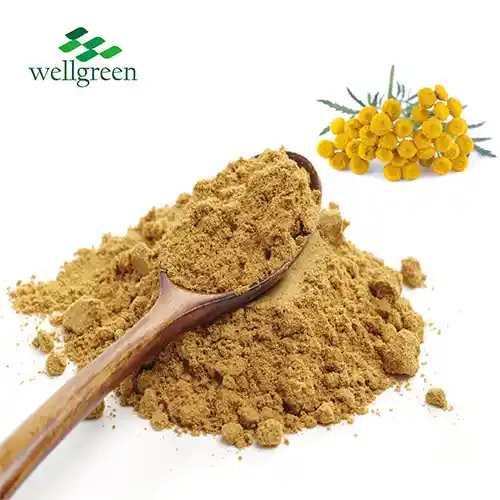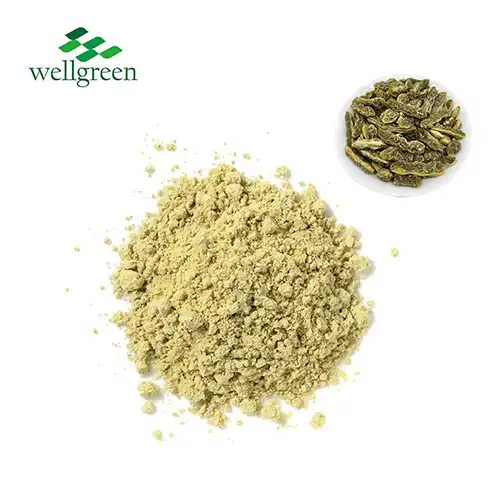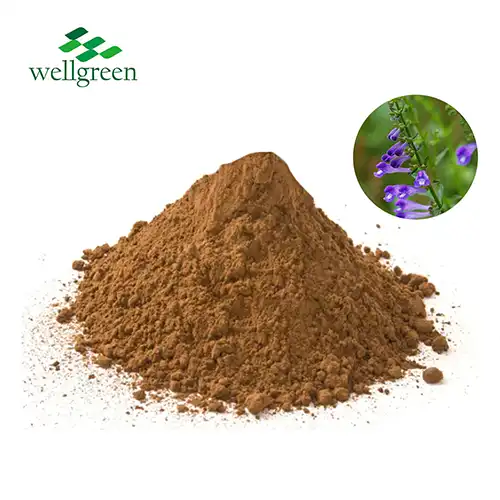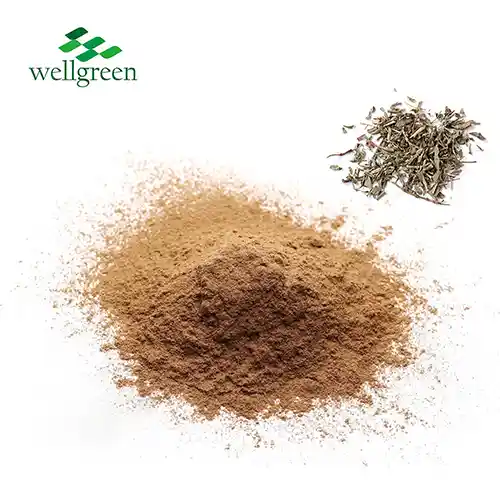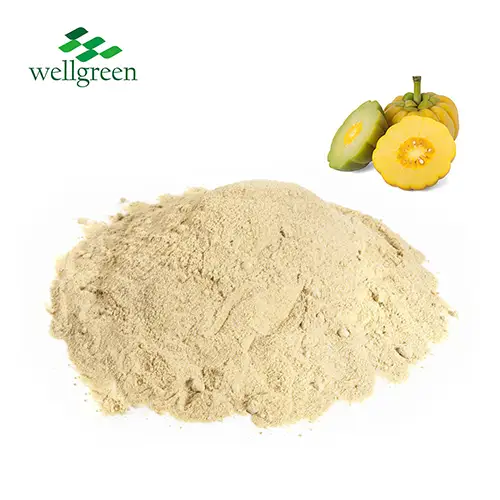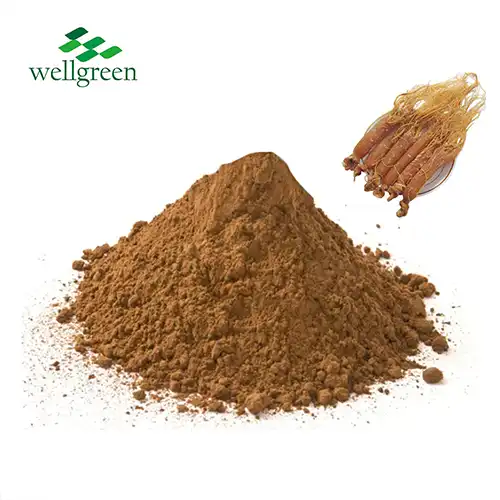What is clematis used for?
2024-06-11 14:56:06
Exploring the Uses of Clematis: A Comprehensive Guide
Being a passionate gardener, I'm constantly in awe of the grace and adaptability of different flowering plants. Among these, clematis extract stands out as a charming and multi-faceted species that never fails to impress with its vibrant blooms and myriad of uses. In this comprehensive guide, I will delve into the various applications of clematis, exploring its historical significance, horticultural uses, medicinal properties, and more. Through thorough research and analysis, I aim to provide readers with valuable insights into the fascinating world of clematis.
Introduction
 Clematis, a genus of flowering plants in the buttercup family Ranunculaceae, comprises over 300 species and numerous cultivars. Renowned for their striking flowers and vigorous growth habits, clematis plants are widely cultivated for ornamental purposes in gardens and landscapes worldwide. However, beyond their aesthetic appeal, clematis species possess a rich history and offer a multitude of practical applications. With their climbing habit, clematis plants add vertical interest to gardens, adorning trellises, arbors, and fences with their graceful vines. Their adaptability to a broad range of habitats, from temperate forests to subtropical areas, stems from their capacity to grow in varying temperatures and soil conditions.
Clematis, a genus of flowering plants in the buttercup family Ranunculaceae, comprises over 300 species and numerous cultivars. Renowned for their striking flowers and vigorous growth habits, clematis plants are widely cultivated for ornamental purposes in gardens and landscapes worldwide. However, beyond their aesthetic appeal, clematis species possess a rich history and offer a multitude of practical applications. With their climbing habit, clematis plants add vertical interest to gardens, adorning trellises, arbors, and fences with their graceful vines. Their adaptability to a broad range of habitats, from temperate forests to subtropical areas, stems from their capacity to grow in varying temperatures and soil conditions.
Moreover, their extended blooming duration, which varies based on the species and cultivar, guarantees a constant show of flowers all through the growing season. Clematis blooms are available in a variety of hues, including pink, red, purple, blue, and white, and can range in size from tiny bells to striking starbursts. Some varieties boast bi-colored or multi-colored blooms, adding further visual interest to the garden landscape. The visual attractiveness of clematis blooms is further enhanced by their unique forms, which include bell, saucer, and star configurations.
In addition to their aesthetic value, clematis extract offer ecological benefits as well. Their nectar-rich blooms draw pollinators like as hummingbirds, butterflies, and bees, promoting the health of the surrounding ecology and biodiversity. Furthermore, clematis vines provide shelter and nesting sites for birds, enhancing wildlife habitat in garden settings.
Clematis cultivation spans centuries, with enthusiasts and breeders continually introducing new cultivars with unique characteristics. From compact varieties suitable for containers and small gardens to vigorous climbers ideal for covering walls and pergolas, there's a clematis for every garden space and style. Whether grown as standalone specimens or combined with other plants in mixed borders, clematis plants infuse beauty and charm into the garden landscape.
Historical Significance of Clematis
Clematis plants have been significant in many civilizations throughout history. In ancient Greece, the name "clematis" derived from the Greek word "klema," meaning vine branch or tendril, highlighting its climbing nature. The Victorians revered clematis as a symbol of ingenuity and mental beauty, often incorporating it into floral arrangements and artworks.
Clematis, renowned for its beauty and versatility in gardens around the world, also holds a rich historical significance that spans cultures and civilizations. From ancient folklore to modern horticulture, the story of clematis is woven into the tapestry of human history, reflecting its enduring appeal and cultural importance.
In ancient times, clematis featured prominently in the folklore and mythology of various civilizations. Greek mythology connected clematis to the deity Dionysus, who was frequently seen with a crown made of clematis petals. The plant's climbing habit and graceful vines symbolized resilience and transformation, mirroring the god's attributes of fertility and rebirth.
 During the Middle Ages, clematis was valued for its medicinal properties and symbolic meanings. In medieval Europe, it was believed that carrying clematis flowers could protect against evil spirits and bring good fortune. Additionally, clematis extracts were used in herbal remedies for a range of ailments, from skin disorders to digestive problems, highlighting the plant's therapeutic value in traditional medicine. Clematis has long served as an inspiration for poets, artists, and gardeners in the fields of literature and art.
During the Middle Ages, clematis was valued for its medicinal properties and symbolic meanings. In medieval Europe, it was believed that carrying clematis flowers could protect against evil spirits and bring good fortune. Additionally, clematis extracts were used in herbal remedies for a range of ailments, from skin disorders to digestive problems, highlighting the plant's therapeutic value in traditional medicine. Clematis has long served as an inspiration for poets, artists, and gardeners in the fields of literature and art.
From the romantic gardens of Renaissance Europe to the intricate botanical illustrations of the Victorian era, clematis has been celebrated for its beauty and symbolism. Artists like Claude Monet immortalized clematis blooms in their paintings, capturing the essence of its delicate petals and vibrant colors on canvas.
In modern horticulture, clematis continues to captivate gardeners with its diverse array of cultivars and hybrids. Breeders and enthusiasts have introduced new varieties with improved characteristics, such as longer flowering periods, larger blooms, and increased disease resistance. Today, clematis remains a staple in garden design, adorning trellises, walls, and pergolas with its cascading vines and stunning flowers.
Beyond its ornamental value, clematis plays a crucial role in ecological conservation and biodiversity. As pollinators like bees and butterflies are drawn to its nectar-rich flowers, clematis contributes to the health and vitality of local ecosystems.
Moreover, its capacity to flourish in diverse temperatures and soil types renders it a robust and versatile plant when confronted with environmental obstacles.
Horticultural Uses of Clematis
Because of its flexibility and versatility, clematis vitalba leaf extract is still a common plant in gardens and landscapes in modern horticulture. With so many different species and cultivars at their disposal, gardeners are able to customize the colors, forms, and sizes of the flowers to fit their own tastes. From compact patio varieties to vigorous climbers, clematis offers options for every garden setting.
Medicinal Properties of Clematis
Some clematis species have been known for generations to have medical benefits, which extend beyond their aesthetic appeal. In traditional Chinese medicine (TCM), clematis root (Clematis chinensis) is used to treat joint pain, rheumatism, and muscle spasms. Additionally, extracts from clematis vines have shown potential anti-inflammatory and analgesic effects in preliminary studies, prompting further research into its therapeutic applications.
Clematis in Contemporary Landscaping
In contemporary landscaping practices, clematis vitalba leaf extract continues to play a prominent role in enhancing outdoor spaces and creating visual interest. From adorning trellises and arbors to cascading over fences and walls, clematis adds vertical dimension and seasonal color to garden designs. Furthermore, its ability to intertwine with other plants provides opportunities for creative combinations and textural contrasts.
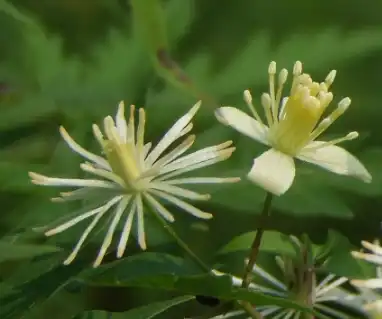
Cultivation and Care Tips
For successful cultivation of clematis, proper care and maintenance are essential. It is crucial to choose the appropriate cultivar for your growing environment, taking into account elements like climate, soil quality, and sun exposure.
Planting clematis in well-draining soil enriched with organic matter and providing adequate support for climbing varieties are crucial for optimal growth and flowering.Throughout the growth season, maintaining healthy and vigorous plants may be achieved by consistent trimming, fertilization, and watering.
Conclusion
To sum up, clematis is an intriguing genus of blooming plants that provide a multitude of opportunities for landscape enthusiasts, gardeners, and herbalists alike.
From its rich historical symbolism to its practical applications in horticulture and medicine, clematis continues to captivate and inspire generations of plant enthusiasts worldwide. By understanding its diverse uses and cultivation requirements, we can fully appreciate the beauty and versatility of this remarkable genus.
References
1. Royal Horticultural Society."Clematis." https://www.rhs.org.uk/advice/profile?pid=97
2. Chinese Herbal Medicine Materia Medica. "Clematis Chinensis Root." http://www.chineseherbshealing.com/clematis-chinensis-root/
3. American Society for the Prevention of Cruelty to Animals."Clematis." https://www.aspca.org/pet-care/animal-poison-control/toxic-and-non-toxic-plants/clematis

